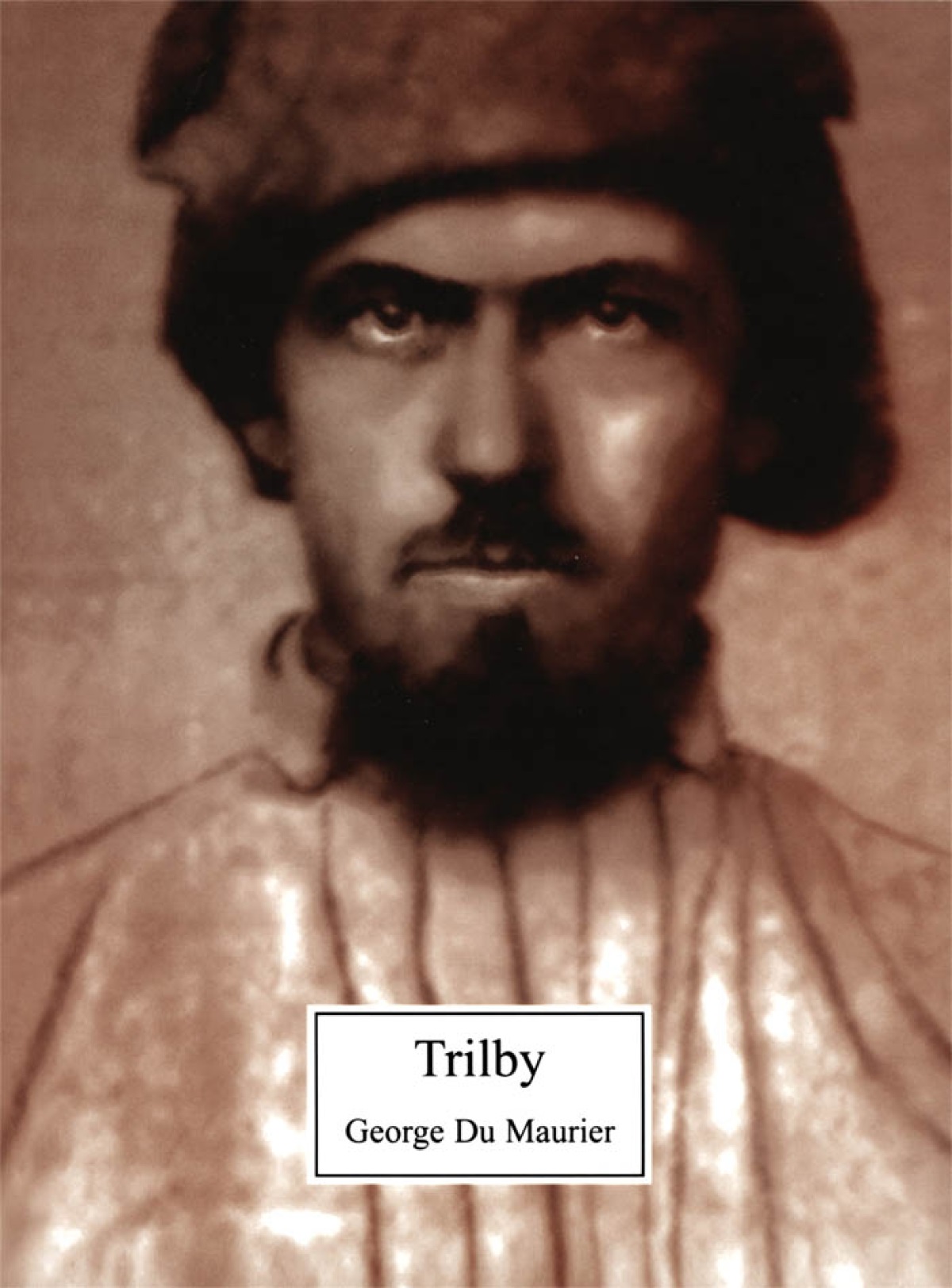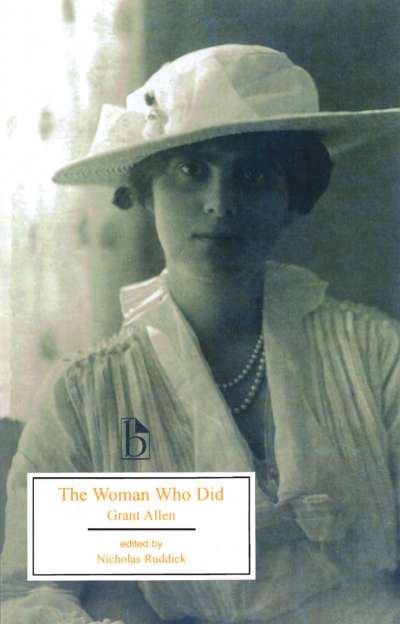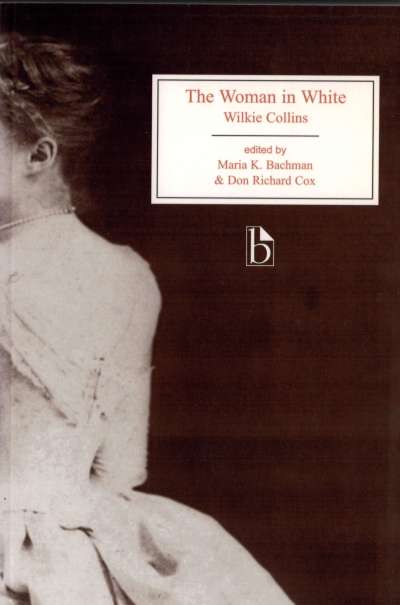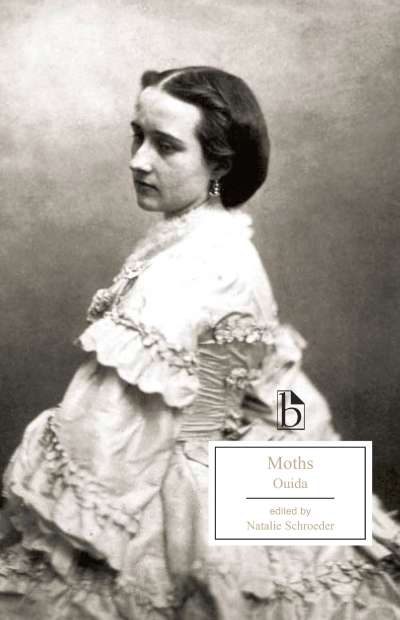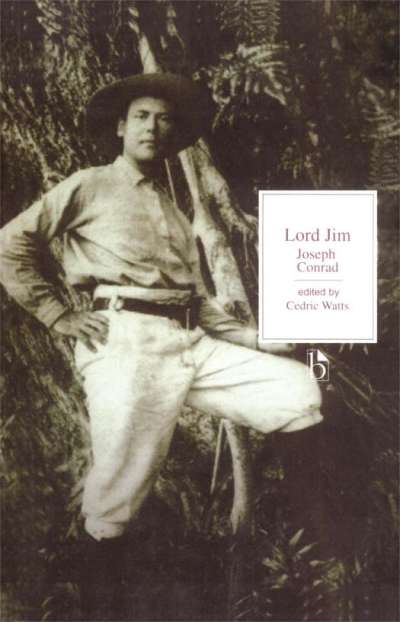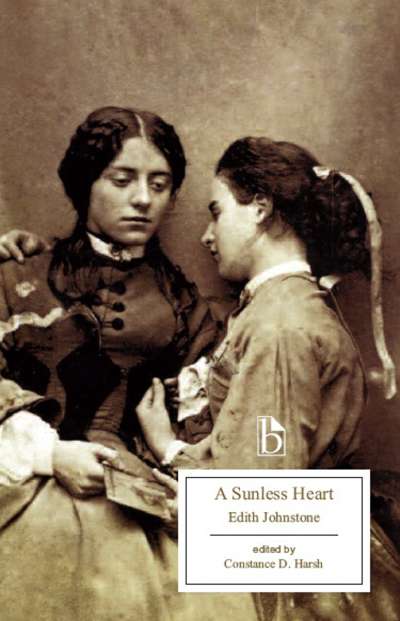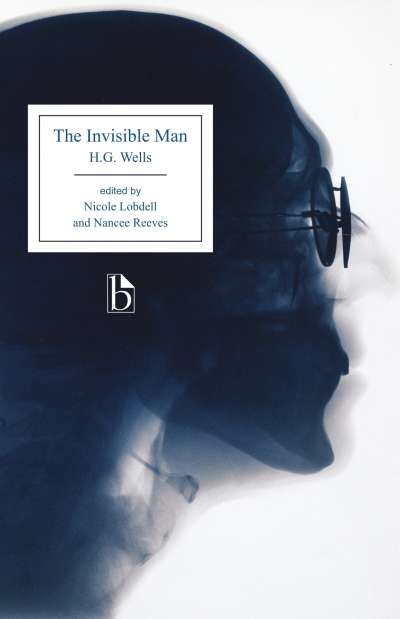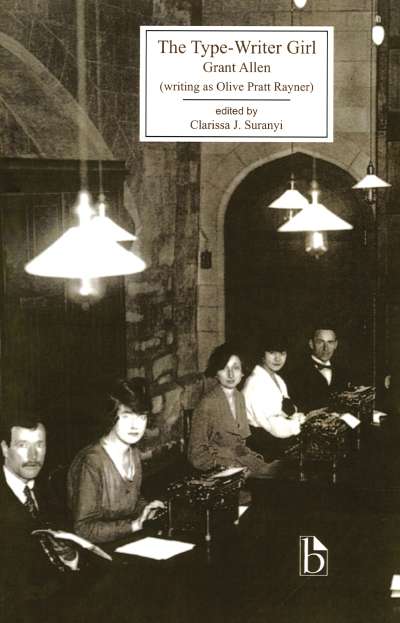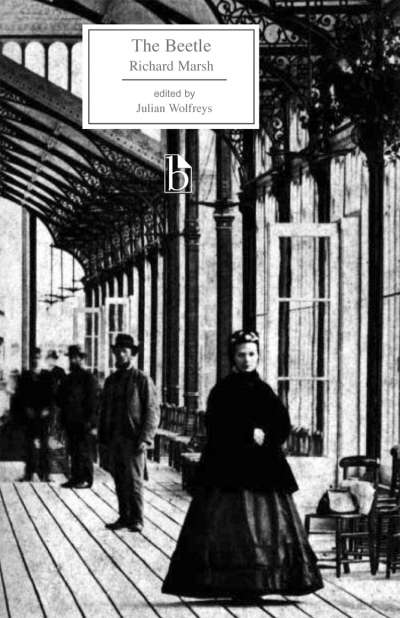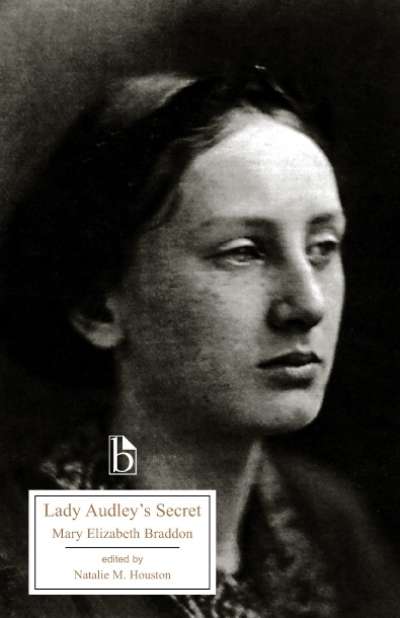Du Maurier’s Trilby was the novel sensation of the 1890s. Du Maurier had spent a good deal of his life as a child and later as an art student in Paris; when he turned from his career in journalism and magazine illustration to novel writing he found enormous success with a novel divided as his own life had been between Paris and London. Billee, an English artist living the Bohemian life abroad, meets and falls in love with Trilby, a Parisian model. Differences in social class doom their romance, but Trilby, taught by the mysterious hypnotist Svengali to sing like “some enchanted princess” becomes a famous entertainer. As it turns out, however, her talent and her possession of her own mind have become dependent on Svengali maintaining his spell over her.
Originally serialized in Harper’s Monthly in 1894, Trilby was published with 120 illustrations by the author (who was also a celebrated caricaturist for Punch). All 120 illustrations were included in the Harper and Brothers New York edition of 1894, and in a British edition published the following year in London. The first British publication in book form, however, (by Osgood & McIlvaine in 1894) did not include any of Du Maurier’s illustrations, and many editions since that time have included no illustrations or reproduced only a selection of the illustrations. Particularly given that many of the illustrations are integrated into the page of text in which they appear, Trilby is ideally suited to be made available again in a facsimile reprint.
In its first year of publication, the book sold over 200,000 copies, and before long it had also been adapted for the stage. The name “Svengali” came to be applied to any hypnotist and the image of Svengali carved a lasting place in the popular imagination. Perhaps the most important expression of 1890s Bohemianism, Trilby has also attracted interest in recent years on account of its presentation of hypnosis and split personality, and for the conflicted but often anti-Semitic presentation of the mysterious Svengali.
This is one of a series from Broadview Press of facsimile reprint editions—editions that provide readers with a direct sense of these works as the Victorians themselves experienced them.

